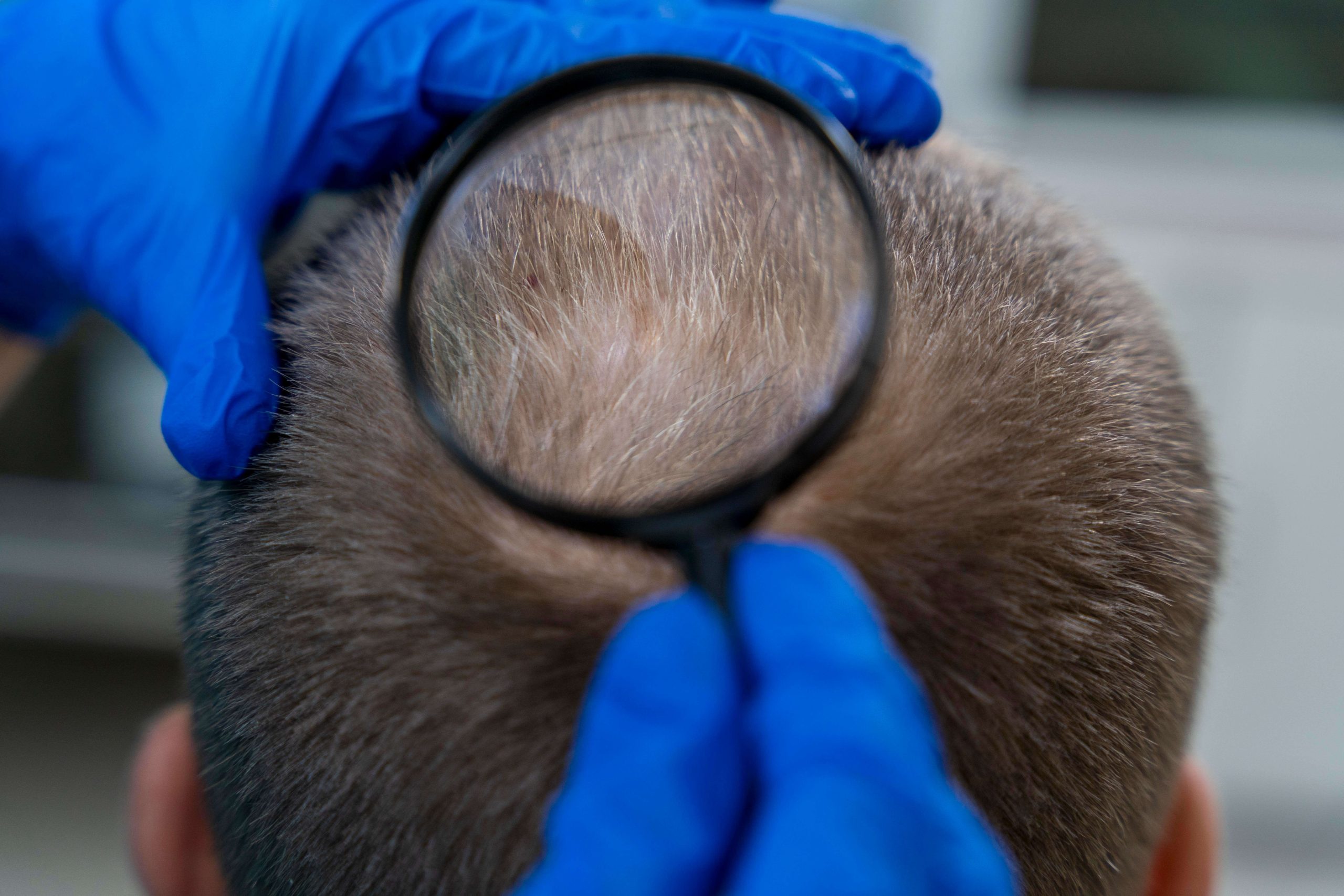How to Get Rid of Demodex Mites on Scalp the Easy Way
Mites are something small in size and value. Many people hear the word and think of little parasites. You can find mites everywhere. They’re found in plants and outdoor areas. You can also find thousands of these tiny creatures in carpets and furniture. But did you know that there are mites on your hair and skin?
Demodex mites are microscopic parasites. These creatures live on the skin, hair, and oil glands. They’re harmless in small numbers. Demodex mites even help by removing dead skin cells. An overpopulation of these mites will result in various skin conditions. They can cause your skin to become reddish and itch. Too many of these parasites can even cause hair loss.
There are two types of Demodex mites. These are the Demodex folliculorum and Demodex brevis. D. folliculorum is the most common type of Demodex mites. They’re found in the facial area. This includes the nose, eyelashes, and eyebrows. They’re also found on the scalp.
D. brevis mites aren’t common but they can affect more parts of the body. They’re also found on the face and eyes. But they can move to the chest and neck area. They tend to feed on the cells in the oil glands.
The good news is there are various treatment options for skin conditions caused by mites. This article shares tips on how to get rid of Demodex mites on scalp.
Make Proper Hygiene an Ingrained Part of You
Proper hygiene helps keep Demodex mites manageable. One of the best ways to do this is to wash your hair and scalp on a regular schedule. Make sure you use a gentle, pH-balanced shampoo. You should also rinse your hair well. It’s important to remove any residue that could become a breeding ground for these mites.
You can also use shampoos with tea tree oil. This essential oil has natural antibacterial and anti-fungal properties. These two properties can get rid of Demodex mites.
You should also avoid products with harsh chemicals. These can irritate the skin and worsen the problem.
Embrace Good Hair Care Habits
Many people take hair care for granted. That’s not a good idea. You could end up with hair that’s too oily or dry. Or worse, you might have hair lice.
You can avoid this by practicing simple and sensible habits. For example, don’t let other people use your hairbrushes or combs. It’s because Demodex mites can transfer from one person to another. Lice also travels the same way. That’s also why you should avoid using someone else’s hat or towels.
Many hair experts warn against sleeping with damp hair. It’s because moisture can attract mites. It also promotes their proliferation. They also warned that Demodex mites can transfer to items like pillowcases. The best way to get rid of mites and their eggs is to wash bedding and towels in hot water.
Consult a Dermatologist
There are many home remedies and over-the-counter treatments for Demodex mites. If these are ineffective, you should consult a dermatologist. They will check you and provide other treatment options.
Your dermatologist might prescribe medications like oral antibiotics. They might also recommend anti-parasitic medications or medicated shampoos. These products can help you manage the mites’ infestation. You should follow their advice and treatment plan. This ensures you get the best results.
Try Topical Treatments
There are many topical treatments you can use to combat Demodex mites. You can choose from creams, lotions, or ointments. These skin treatments contain ingredients like permethrin, sulfur, or benzoyl peroxide.
These topical treatments are easy to use. You have to apply the product to the affected areas of your scalp.
Try Making Lifestyle Changes
A healthy lifestyle can also help keep Demodex mites under control. A diet rich in vitamins and minerals helps. You can strengthen your immune system by eating healthy. Your body will have an easier time fighting off Demodex mites.
High levels of stress can also result in an increase in Demodex mites. That’s why you should try to relieve stress. You can do relaxation techniques like meditation or yoga. Stress also weakens the immune system. This worsens skin conditions.


